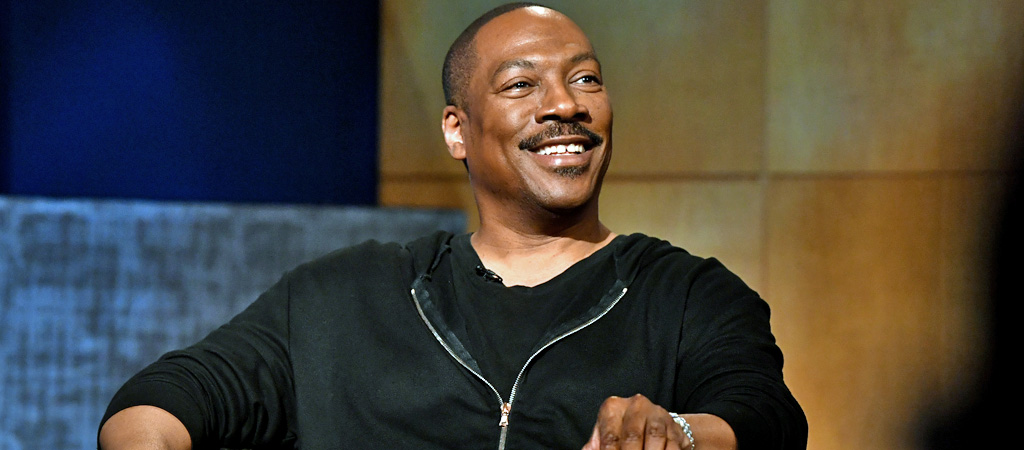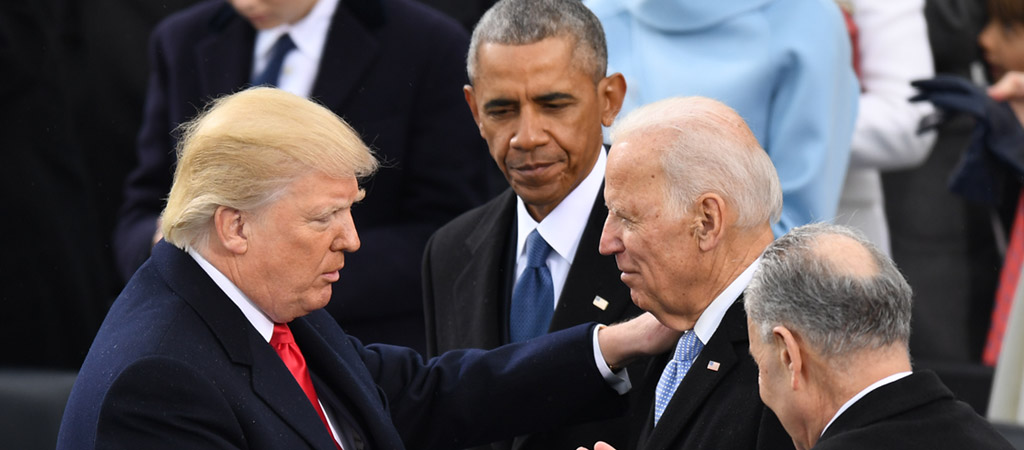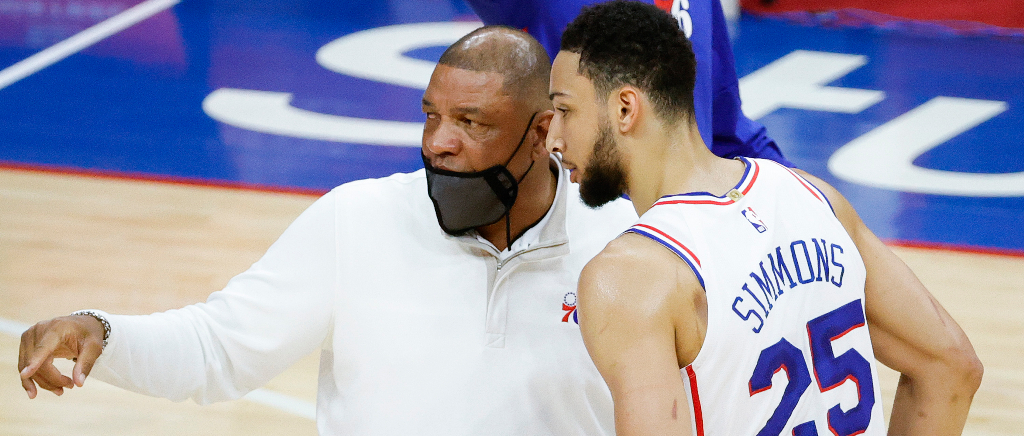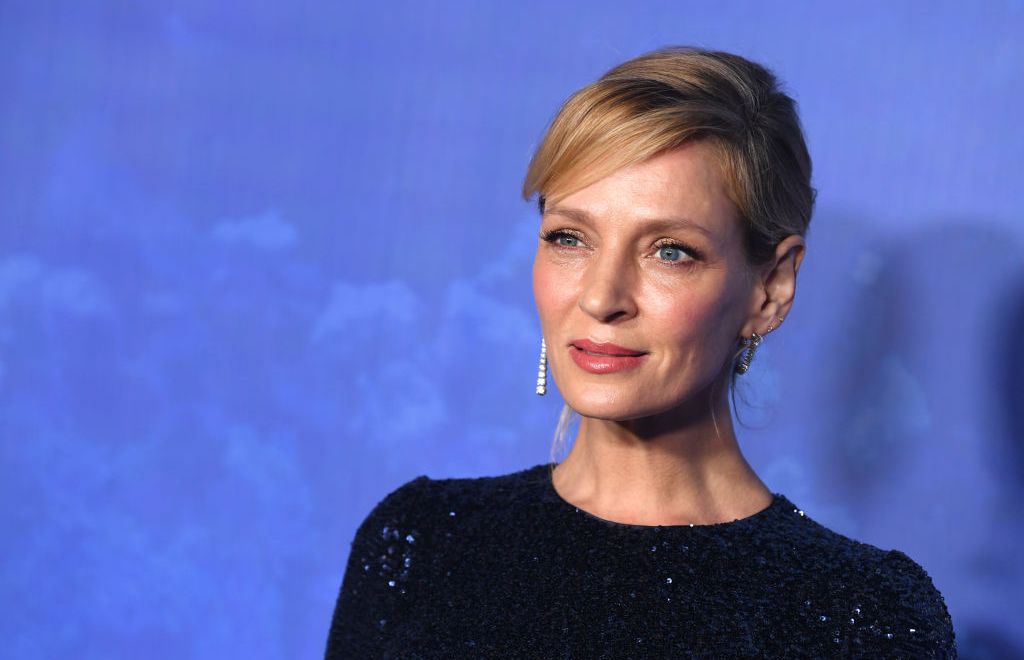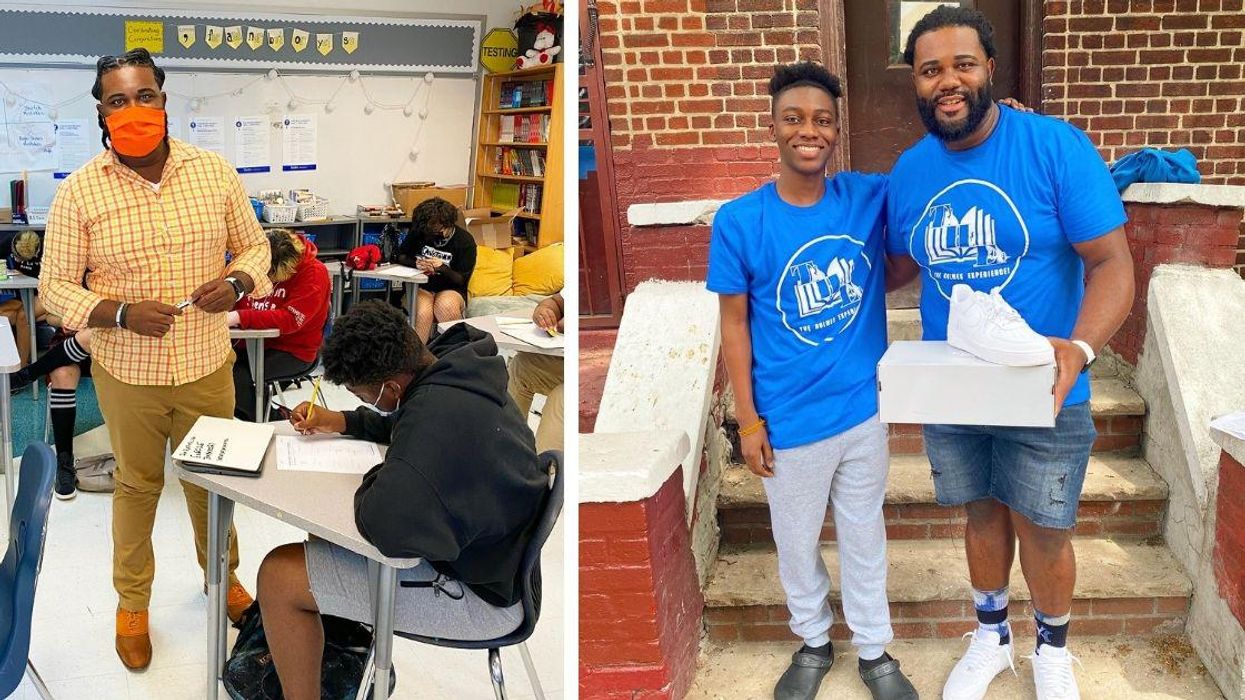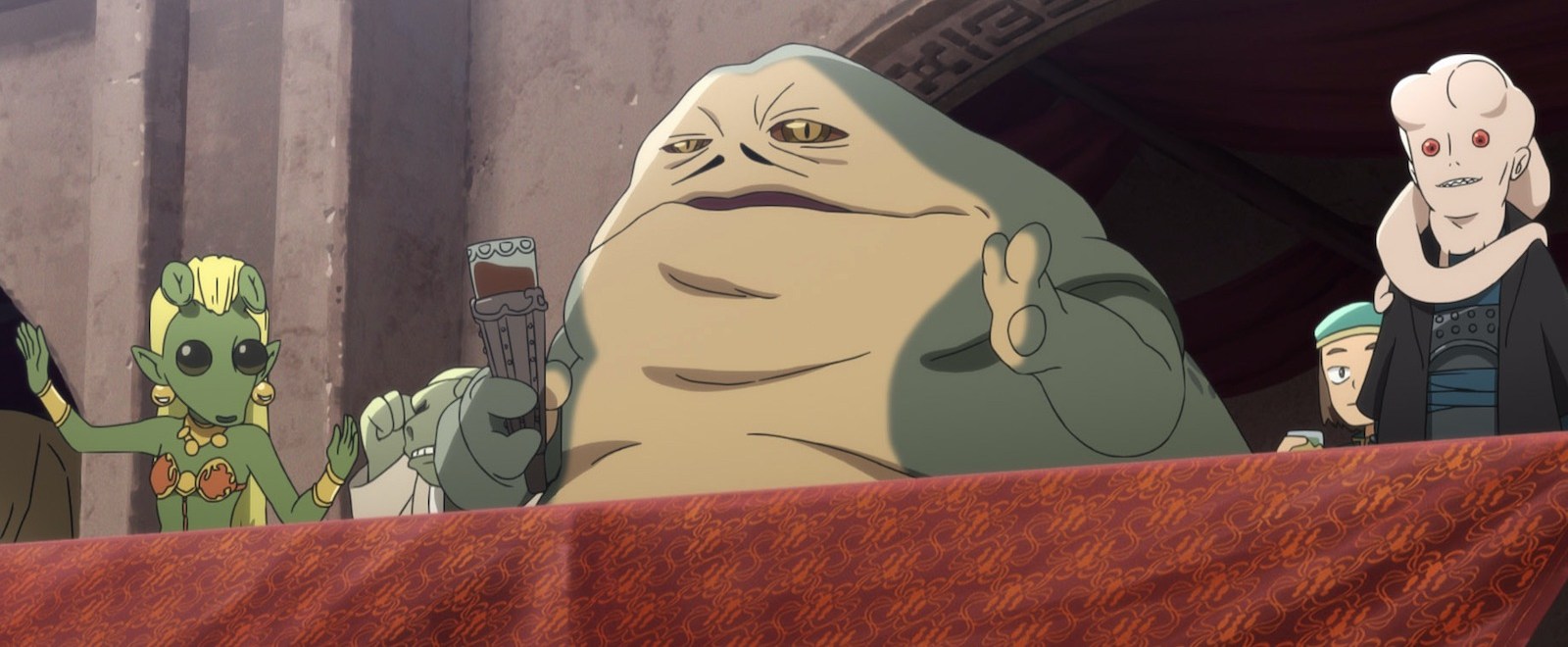
Star Wars: Visions, which all nine episodes just premiered on Disney+, is one of the more, let’s say, different properties Lucasfilm has produced with the Star Wars branding. Basically, Lucasfilm handed over the world of Star Wars to many of the best Japanese anime studios, resulting in nine separate stories, set in the Star Wars galaxy, but with an entirely different aesthetic. In fact, only one of the nine episodes even has characters that we’ve met before.
The animation in Star Wars: Visions can be so engrossing, during the first episode it was only near the end did I realize that I had been sent the wrong screener – in that in my screener the characters were speaking Japanese with no subtitles, yet I felt like I was following the story pretty well, even though I do not speak Japanese. Ahead, we spoke to executive producer James Waugh and producer Kanako Shirasaki, who take us behind the scenes of this new Star Wars property and explain what they hope to achieve from combining Star Wars and anime.
I had an interesting experience watching this. There were two minutes left in the first episode, which I was enjoying, and I realize they sent me the version where everyone is speaking Japanese, and I don’t speak Japanese. And there are no subtitles. So I watched almost the whole thing before realizing I don’t know what anyone’s saying.
James Waugh: I mean, look, this is visual storytelling. And that’s one thing I’d have to say about anime creators and these directors is that anime, in general, is such a visual medium. And it’s such a cinematic language. And these are the best at it. So it doesn’t surprise me. And hopefully, I always think any good film, you should be able to understand what’s going on by just watching it.
The rest of them were in English, and I was appreciative that once I figured that out.
James Waugh: It fits for that first one very well, actually.
It really does. I only watched Seven Samurai for the first time recently, which is embarrassing. And I’m watching that with subtitles, but I think my brain was used to watching a story in Japanese.
Kanako Shirasaki: [Laughs] Sometimes if you watch Seven Samurai, my native language is Japanese, even I don’t understand what they’re saying, because they’re shouting all the time. But you can understand what’s going on because the visual is so compelling. And it tells a story. So I’m really glad you experienced this happy accident.
So I really don’t watch much anime beyond something like Gatchaman. Is that the hope? To get people like me interested? People who don’t really watch this without Star Wars being involved?
James Waugh: I mean, look, I don’t think that was 100 percent the goal, but that was a happy byproduct of it. I think, really, this came from love. But just to your question, look, that would be amazing if people who weren’t fully aware of all the great anime done in Japan come to it for the Star Wars, and then leave, finish watching, and realize, “I should go check out some of the work from these other studios.” There’s a rich potential there.
I guess I’m wondering what the Venn diagram is right now between anime and Star Wars, because I don’t know the answer to that. I don’t know how much it intersects already until now.
James Waugh: I actually don’t either. I think it’s probably … I don’t know.
Kanako Shirasaki: But I hope these two demographics start a conversation after watching Star Wars: Visions. You can explore. And there’s 40 years of rich history, lots of catch up. But for Star Wars fans, it’s also the same amount of history and lots of different stories to explore. I hope there are conversations. It will start the conversation between two groups.
It’s interesting because, other than one of the nine episodes, it’s all new characters. So to get me to watch anime all you had to do was put some Star Wars sound effects in there.
James Waugh: There are a couple of elements to that though. I think Skywalker Sound provided its amazing services and library to this, but I also think part of the process was to make sure that, even though they’re anime-ing these expressions from these videos, that they were telling authentically Star Wars stories. So part of the selection process and part of the discussion with each of the creators, we wanted to make sure that, again, it was their vision, but that these were Star Wars stories. We didn’t want something that didn’t feel like Star Wars. So, hopefully, your familiarity with Star Wars and helped in that sort of introduction.
I am curious, there’s that one episode with Jabba the Hutt and Boba Fett. And why did it work out to eight new stories, to just one with characters we already know?
James Waugh: It was a conscious framework.
It was conscious? Okay.
James Waugh: We had a loose framework for how to express Star Wars in a celebratory way. But a big part of that was we wanted them to create their own characters and really tell their own unique Star Wars stories in a Star Wars setting. Or their version of a Star Wars setting. So what we didn’t want to burden them with having to pick up the mantle of a Luke Skywalker and tell an authentically Skywalker story. Or a What If? story is very cool animation and very cool comic books, but then it’s about that “what if,” and that’s not what we wanted. Really, the reason “Tatooine Rhapsody” has Jabba and has Boba Fett and Bib Fortuna is because their characters were so natural in a story with so much a family story about friends and a band. And those characters are those characters, but it’s really a story about that family, that band.
Did you have to be talked into using existing characters on that one? Since you wanted new characters?
James Waugh: No. Actually, no. It felt right. I think we were more from the start saying, “Don’t use these characters as leads.”
You can contact Mike Ryan directly on Twitter.

